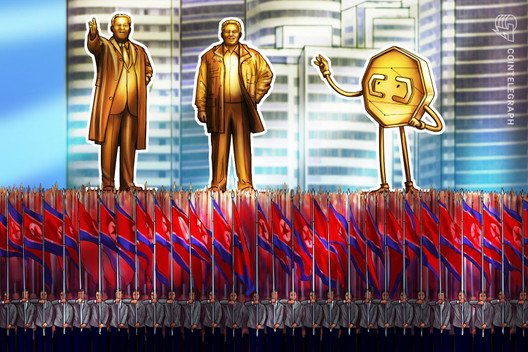Self-sovereignty in the creator economy and Web3 — Is there room for both?
On Oct. 28, NFT Steez, a bi-weekly Twitter Spaces hosted by Alyssa Expósito and Ray Salmond, met with Web3 content writer, Julie Plavnik to discuss the importance of self-sovereignty while building a digital identity in Web3.
Plavnik references author Gavin Wood when describing Web3 and says that “communication” is a core tenant in the subsequent iteration of the internet. “Web3 is the communication of encrypted channels between decentralized identities,” Plavnik affirms.
According to Plavnik, the emerging concept of Web3 placed a magnifying glass on user data and ownership, especially concerning the creator economy. Plavnik describes the creator economy as a place with “no entry barriers or casting.”
During the show, Plavnik explores how users are coming around to the notion that they can potentially monetize from their individuality in Web3, but she also questions how they can maintain their self-sovereignty?
Awakening self-sovereign identity in Web3
When speaking to Plavnik regarding how self-sovereignty is intertwined with Web3, there was no hesitation in explaining that the core tenet of Web3 is to uphold a self-sovereign identity — meaning decentralization is vital.
Decentralization, Plavnik explains, is fundamental to ensuring that user data is rightfully controlled and owned by no third party.
However, not all users have the level of awareness or interest to understand this. Understandably so, as Plavnik describes the fact that Web3 features, protocols and platforms are still in “its infancy.”
Despite being in an experimental and developmental stage, Web3 has also shed light on how the creator economy can continue to evolve and minimize intermediaries. Through the use of blockchain technology and decentralized platforms, users are beginning to build their brands without intermediaries and networks that profit from users’ data.
Related: NFT Steez and Lukso co-founder explore the implications of digital self-sovereignty in Web3
As a creator, Plavnik explained how maintaining self-sovereignty in Web3 is “exciting” because it already serves as a way to build a “blockchain resume” sort-to-speak, whereby users can readily track and find all their interactions, participations, and engagement in a domain, for example.
In the future, Plavnik expects NFT domains to be an attractive feature even though the current users are limited to only facets of their digital identity based on their crypto wallet.
Plavnik posits that an NFT domain can give the user more dynamic freedom in which information they want to disclose, and which digital identities will serve for different purposes.
To hear more from the conversation, tune in and listen to the full episode of NFT Steez and make sure to mark your calendar for the next episode on Nov. 11 at 12 pm EST.
The views and opinions expressed here are solely those of the author and do not necessarily reflect the views of Cointelegraph.com. Every investment and trading move involves risk, you should conduct your own research when making a decision.









